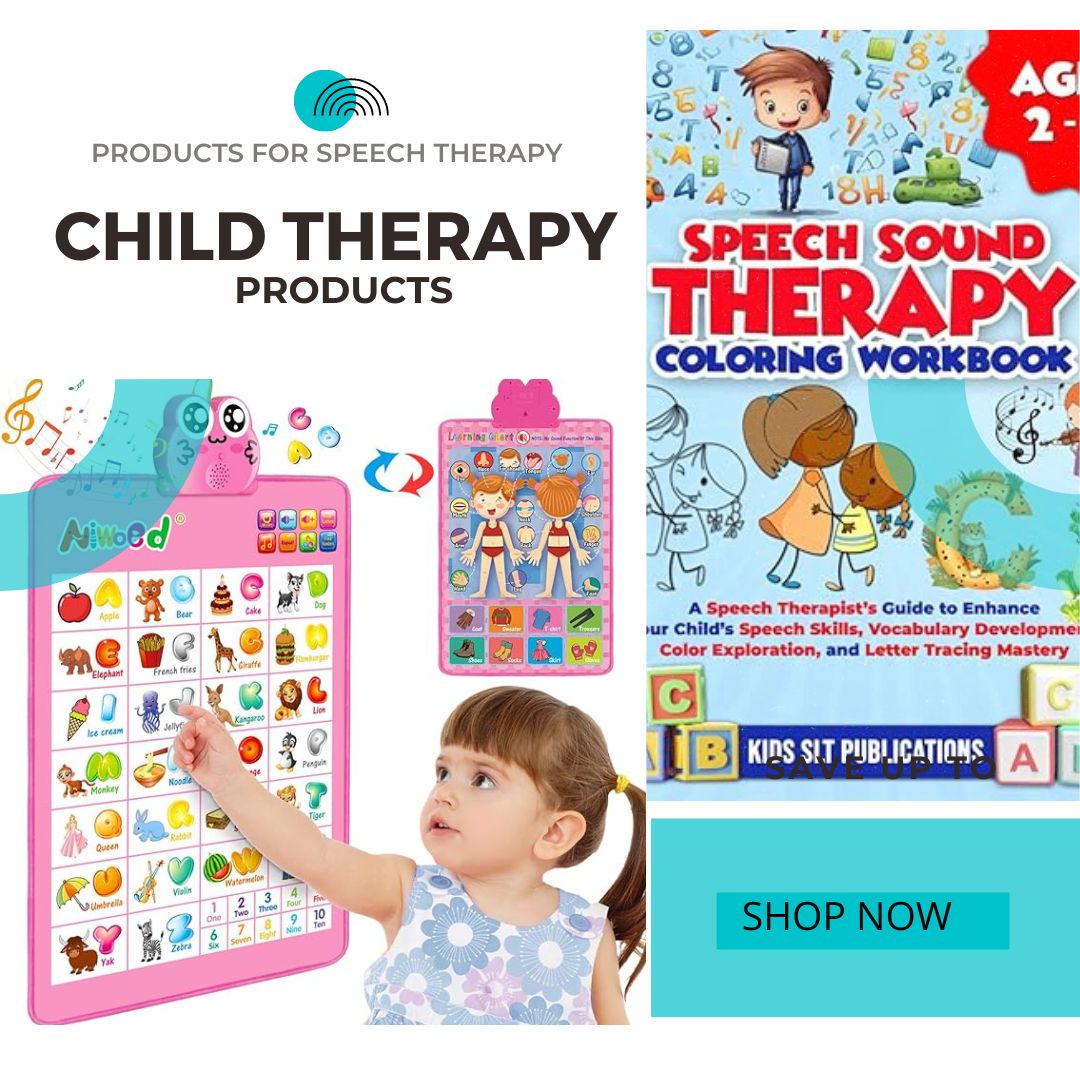Expressive language therapy, also known as speech therapy, is a form of treatment that aims to improve the expressive language skills of individuals who have difficulty with language production.
Expressive language refers to the ability to communicate thoughts, ideas, and feelings through the use of words, sentences, and other forms of language. This can include the ability to use language to express needs, wants, and thoughts, as well as to engage in social interactions with others.
Why expressive language therapy
There are many different reasons, some people may have developmental language disorders, which are difficulties with language that are present from birth or early childhood. These disorders can be caused by a variety of factors, including genetic predisposition, prenatal exposure to drugs or alcohol, and other medical conditions.
Other individuals may acquire a language disorder later in life due to a stroke, brain injury, or other neurological condition.
Expressive language therapy benefits
It can be beneficial for individuals of all ages, from children to adults. It is often used in conjunction with other forms of therapy, such as occupational therapy or physical therapy, to address the full range of an individual’s communication needs.
The goals of expressive language therapy vary depending on the specific needs and abilities of the individual. Some common goals may include increasing the individual’s vocabulary, improving their ability to form sentences, and enhancing their overall expressive language skills. The therapist may also work on improving the individual’s ability to understand and use language in a social context, such as participating in conversations or telling stories.
Expressive language therapy techniques
There are many different techniques and approaches used in expressive language therapy, and the specific approach used will depend on the individual’s needs and goals. Some common techniques include:
- Modeling: The therapist demonstrates how to use language by speaking and writing in front of the individual. The individual can then imitate the therapist’s language use.
- Repetition: The therapist repeats words and phrases that the individual is struggling to produce in order to help them learn and practice the correct language.
- Augmentative and alternative communication (AAC): This approach involves the use of nonverbal communication methods, such as gestures, pictures, or electronic devices, to help individuals express their thoughts and needs.
- Play-based therapy: This approach involves using play and other fun activities to engage the individual and encourage language development.
Final Words
Expressive language therapy can be conducted in a variety of settings, including in a therapist’s office, at home, or in a school or community setting. It is usually provided by a speech-language pathologist (SLP), who is a licensed healthcare professional trained in the assessment and treatment of language disorders.
It is a valuable tool for helping individuals improve their expressive language skills and communicate more effectively with others. With the right therapy and support, individuals with language disorders can make significant progress and reach their full communication potential.




